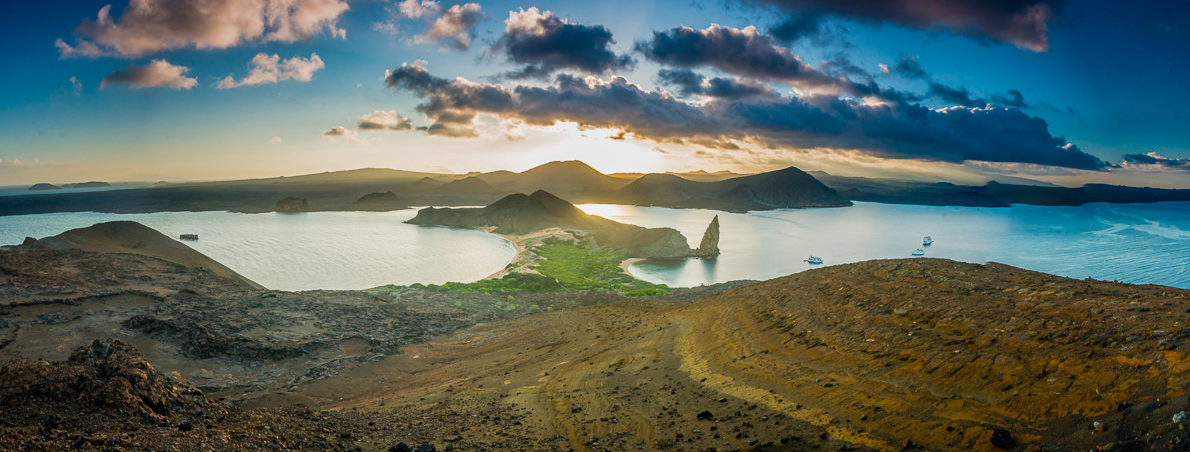New Scientist
Image: A Camera Story
Millions of years before the Galapagos Islands existed, there was another archipelago in the same stretch of water off the west coast of South America. And it seems those long-vanished lands probably shaped the evolution of some of the unusual Galapagos wildlife that later inspired Charles Darwin’s theory of evolution.
Today’s archipelago probably owes its existence to a nearby geological phenomenon, a plume of unusually hot rockrising from deep in Earth’s interior. When the plume meets the crust beneath the Pacific Ocean, it triggers intense volcanic activity, which forms underwater mountains that can grow tall enough to rise above sea level and become islands.
The parts of the Galapagos that lie near the plume today are about 3 million years old. But geologists think the plume is much older, and has been forming volcanic islands for much of the past 20 million years. These have since been dragged to the east and northeast of the Galapagos by drifting tectonic plates. During this process, almost all of the island-volcanoes became inactive and sank below the water, where their remains can be found.








